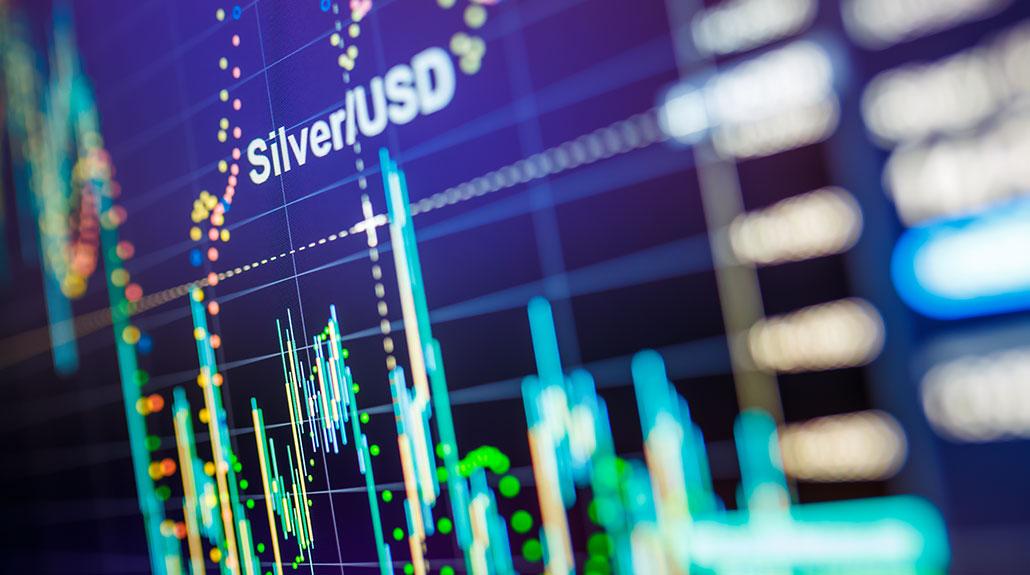Similar to gold, silver is a valuable metal that has always been in high demand due to its distinctive properties and relative rarity. And although the demand for silver has been consistent, its prices are notoriously volatile. So, if you invest in silver, you should keep a careful eye on it. After all, knowing what influences silver price can help you purchase or sell silver at the perfect moment to optimize your profits. Here are 5 factors that affect the silver price.
Supply and Demand
One of the reasons why silver prices fluctuate? It is because of the supply and demand of silver. The supply of silver is finite, but the demand for it continues. This means that whether or not it is an apparent or a genuine increase or reduction in the supply or demand market, it will impact the price of silver. Nonetheless, most of the changes in prices are disproportionate to the change itself. For example, if there is a strike at a major silver producer, it will interfere with the supply and cause a surge in the cost of silver instantly. Similarly, news of a new application for silver, such as solar panels, may result in increased purchases of silver and put upward price pressure on silver itself.
Influential Investors or Traders
As you probably know, the price of silver is substantially lower than the price of gold. As a result, the silver market has a far lesser value than gold. Essentially, this also means that well-known investors or traders have a better chance of influencing the silver price. Just take the Hunt brothers for example. They were instrumental in driving the London Silver Fix to $49.45 per troy ounce in January 1980, and silver futures to an intraday all-time high of $50.35 per troy ounce.
The Prices of Gold
Another factor that affects the price of silver is the price of gold. After all, the price of silver frequently parallels the price of gold. This means the price of silver is highly influenced by the price of gold. When gold demand rises it causes gold prices to rise. Consequentially, silver prices will rise as well. On the other hand, when gold prices fall, silver prices will fall even more. In general, the price of silver tends to follow the price of gold.
Policies by the Government
Did you know that the price of silver can be significantly affected by the policies or actions made by the government? This is because of the long history of silver as a medium of exchange. For instance, although gold is most commonly used as a reserve, central banks all around the world still acquire and sell silver bullion. United States Mint is one such National mint that uses a significant portion of the world's silver supply to produce both bullion and numismatic-quality coins.
Medical Demands
Another factor that affects the price of silver is the demands from the medical field. After all, silver is employed in a variety of high-tech medical gadgets due to its biocidal qualities. In fact, researchers, hospitals, and several other medical institutions are also looking at using silver as a disinfectant since it has antibacterial and antimicrobial properties. As such, silver's unique characteristics continue to fuel demand for the metal and greatly influence its price.
